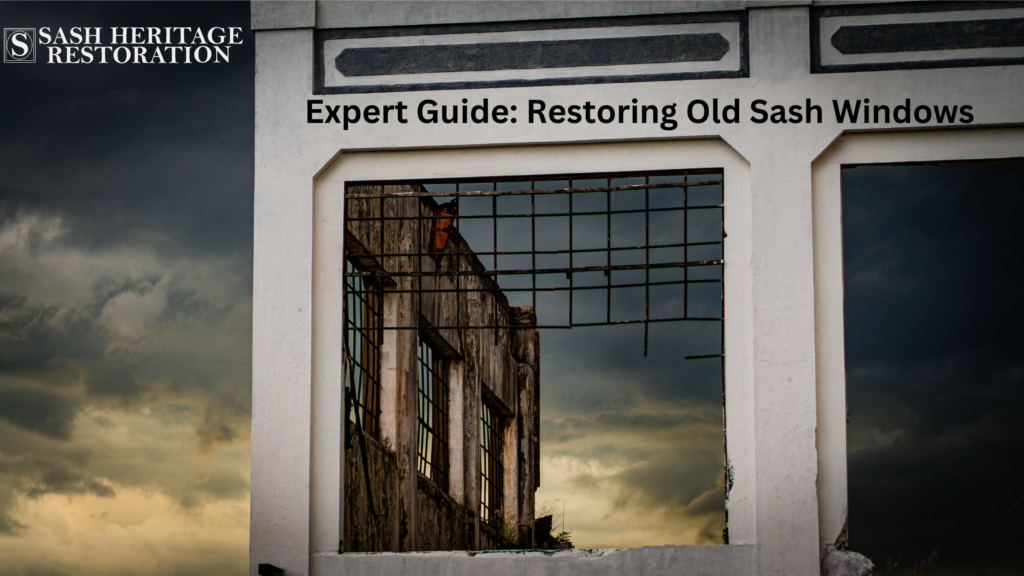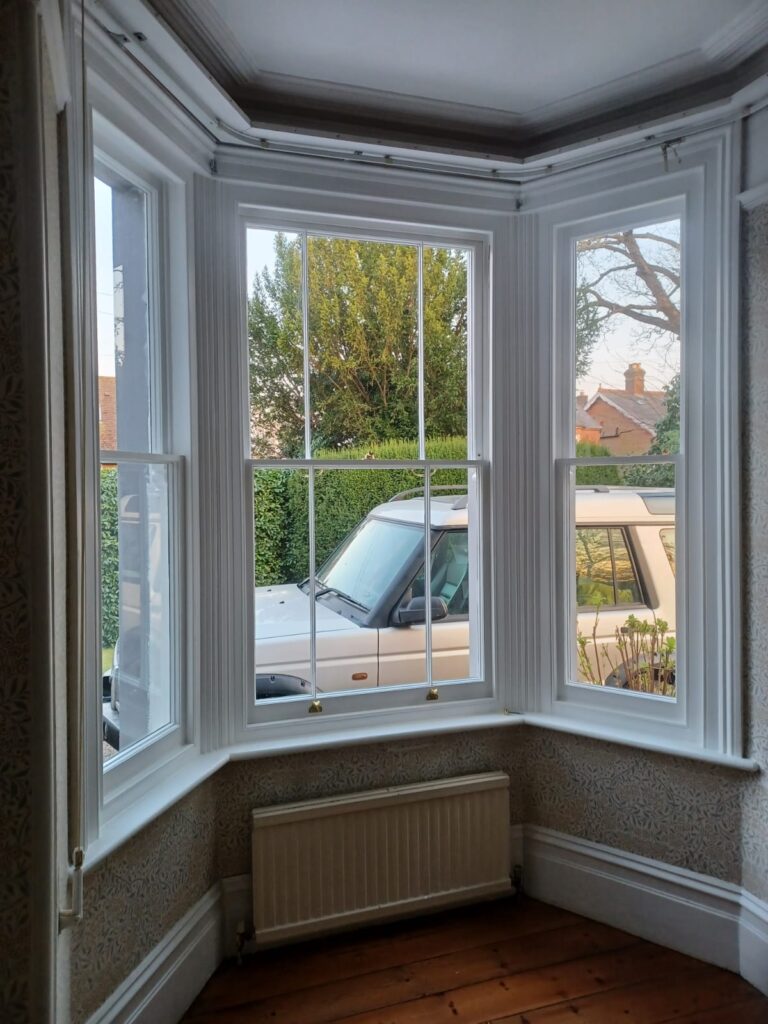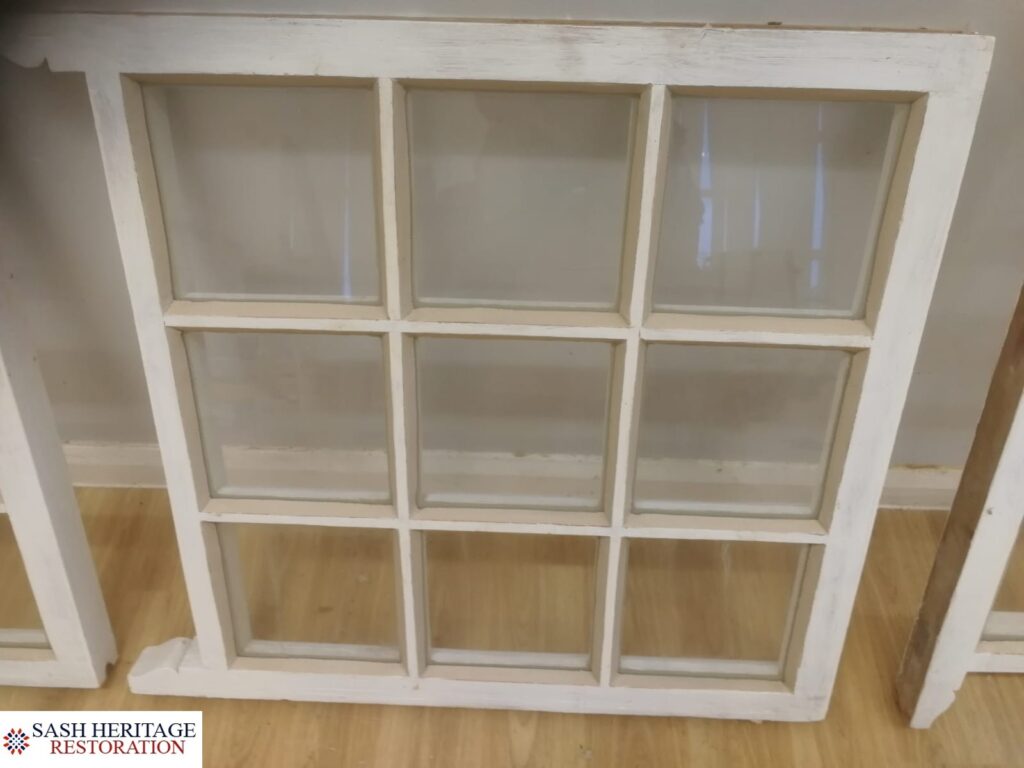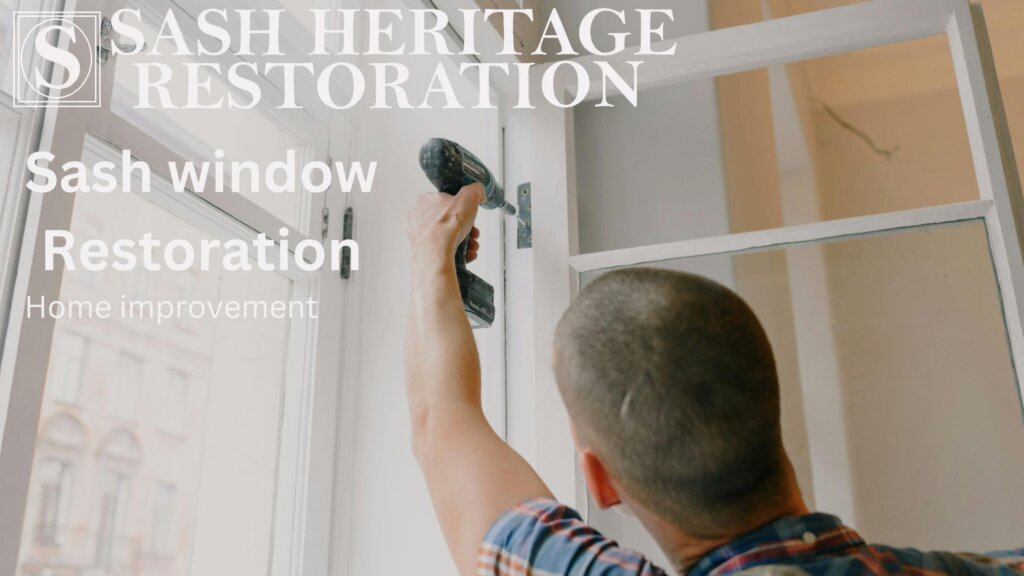Introduction: Embracing the Past
In an era dominated by modernity, there exists a captivating allure in preserving the timeless charm of the past. Sash windows, with their elegant design, hold a special place in architectural history. This comprehensive guide goes beyond the basics, unveiling the secrets to restoring old sash windows and breathing new life into these architectural treasures.
Assessing the State: A Crucial First Step
Before embarking on the journey of restoration, a meticulous evaluation of the window’s condition is imperative. Identify potential issues such as rot, decay, or any structural concerns that need immediate attention. This step lays the foundation for a successful restoration project, ensuring a thorough understanding of the scope of work required.
Stripping Away the Years: Removing Old Finishes
The first step in revitalizing a sash window involves stripping away decades of accumulated wear and tear. Carefully remove old paint and finishes to reveal the original wood beneath. This not only rejuvenates the aesthetic but also allows for a closer inspection of the wood’s integrity. It’s a meticulous process that sets the tone for the entire restoration journey.

Repairing and Replacing: Addressing Structural Imperfections
Addressing structural issues is pivotal to the success of the restoration. Carefully repair any damaged wood, and if necessary, replace sections that are beyond redemption. This meticulous approach not only ensures the window’s longevity but also preserves its authentic character. Structural soundness is key to maintaining the historical integrity of the sash window.
The Glazing Gambit: Choosing the Right Panes
Selecting the appropriate glass for your sash windows is an art in itself. Opt for energy-efficient options that maintain historical accuracy. Double-check measurements to guarantee a seamless fit, enhancing both aesthetics and functionality. The choice of glass plays a significant role in preserving the authenticity of the window while meeting modern standards.
Finishing Touches: Painting and Sealing
Breathing new life into sash windows involves the final artistic strokes. Choose period-appropriate colors for authenticity, ensuring they complement the overall aesthetic. Seal the deal with quality finishes that protect against the elements, ensuring your restored windows stand the test of time. This step adds the finishing touches that elevate the visual appeal of the windows to new heights.
Embracing Modern Efficiency: Adding Functional Upgrades
While the primary goal is to preserve historical integrity, consider integrating modern enhancements for improved functionality. Adding weather stripping or installing discreet locks enhances both security and energy efficiency without compromising the vintage appeal. Striking a balance between the old and the new ensures your sash windows not only look timeless but also function seamlessly in the contemporary world.
Maintenance Matters: Preserving the Restoration
A restored sash window demands ongoing care to retain its newfound glory. Establish a routine maintenance schedule, including regular inspections, cleaning, and occasional touch-ups. This commitment ensures that your windows remain a testament to timeless beauty for generations to come. Maintenance is the key to preserving the investment made in restoring these architectural gems.
Beyond Restoration: A Journey Through Time
Restoring old sash windows is not just a renovation project; it’s a journey through time. By following these detailed steps, you don’t just revive a piece of architectural history; you contribute to the preservation of a bygone era’s elegance. Embrace the past, and let your windows tell a story that transcends generations. The effort invested in their restoration is a testament to your commitment to preserving the rich tapestry of architectural heritage.
Exploring Architectural Heritage: The Story Behind Sash Windows
To truly appreciate the significance of sash windows, it’s essential to delve into their historical context. Sash windows have been a defining feature of architecture for centuries, with their origins dating back to the 17th century in England. Initially introduced as a luxury item, they quickly became a symbol of elegance and sophistication.
The design of sash windows is characterized by multiple panes or “lights” that slide vertically or horizontally within the frame. This innovation allowed for improved ventilation and facilitated the use of larger glass panes, contributing to a brighter and airier living space.
As architectural styles evolved, so did the design of sash windows. From the Georgian and Victorian eras to the Edwardian period, each epoch left its imprint on the evolution of sash window design. The distinctive features of each era are reflected in the proportions, detailing, and materials used in crafting these windows.
Sash Windows: An Architectural Marvel
Beyond their aesthetic appeal, sash windows serve a practical purpose. The sliding mechanism allows for easy adjustment of the window’s opening, enabling precise control over ventilation. This feature was particularly significant in an age when reliance on natural ventilation was paramount for comfort within living spaces.
Over the years, sash windows have become synonymous with classic architecture. Their enduring popularity is a testament to their adaptability across various architectural styles. Whether adorning a Victorian mansion or a quaint cottage, sash windows seamlessly blend with the overall design, adding a touch of timeless sophistication.
Sash Windows in Modern Times: A Resurgence of Interest
While modern architecture often embraces sleek and minimalist designs, there’s a growing resurgence of interest in traditional elements. Homeowners and architects alike are rediscovering the charm of sash windows and incorporating them into contemporary structures. The juxtaposition of classic design elements with modern amenities creates a harmonious blend of the old and the new.
The Environmental Impact: Preserving Resources Through Restoration
In an era where sustainability is a top priority, the restoration of old sash windows aligns with the ethos of preserving valuable resources. Rather than opting for replacement, which contributes to landfill waste, restoration minimizes environmental impact. Retaining the original wood and glass materials reduces the demand for new resources, making it a conscientious choice for environmentally conscious homeowners.
Conclusion: A Timeless Legacy Preserved
In conclusion, the restoration of old sash windows is a meticulous process that goes beyond mere renovation. It’s a commitment to preserving a timeless legacy, appreciating the craftsmanship of bygone eras, and contributing to sustainable practices. As you embark on the journey of restoring your sash windows, remember that you’re not just renovating a part of your home; you’re safeguarding a piece of architectural history for future generations. Embrace the past with pride, and let the enduring beauty of sash windows tell a story that transcends time.






